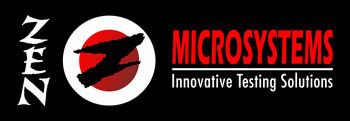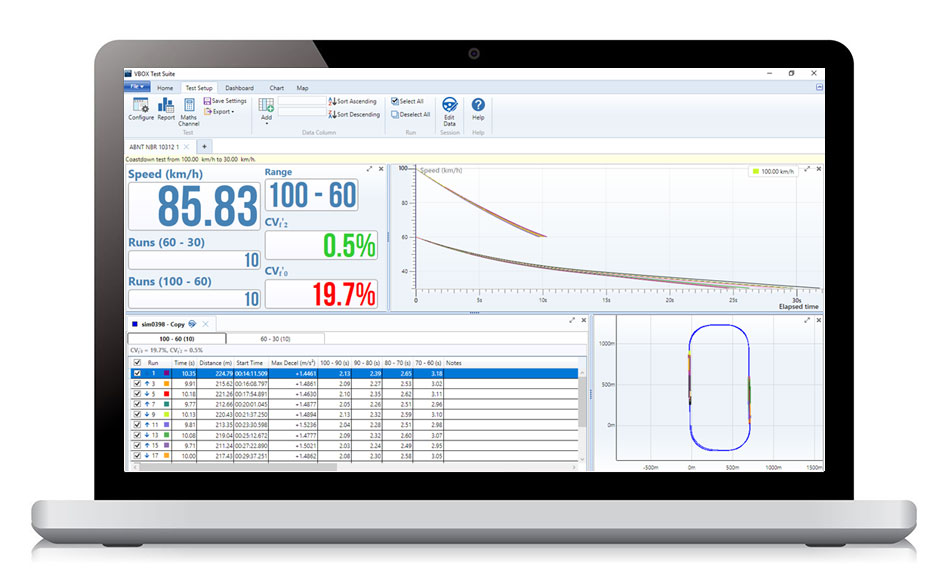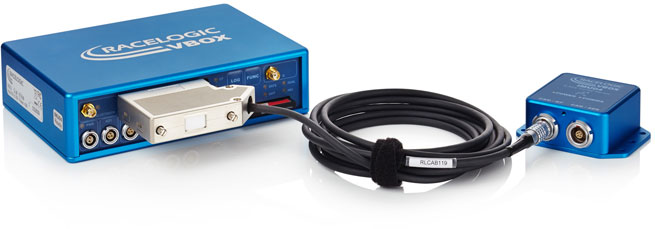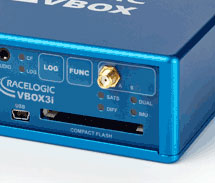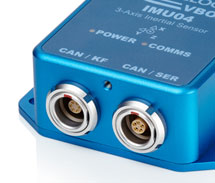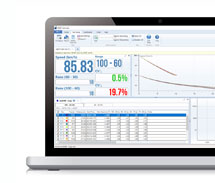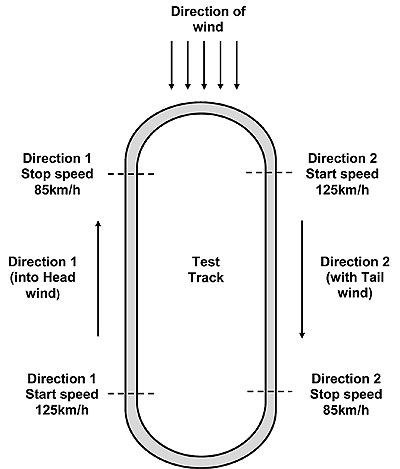
Effective aerodynamics is an essential part of overall vehicle design and manufacturers can assess developments to the aerodynamics of their vehicles by performing a coastdown test.
This is a test in controlled conditions which measures the effects of wind and road resistance, based upon time taken for a vehicle to coast from one speed to another, with the engine in neutral gear.
A major problem associated with this testing is the requirement for a very long, flat test track, to allow sufficient time for the vehicle to coast from 125 km/h to 5 km/h (for example – range is user definable).
RACELOGIC has developed plugins for VBOX Test Suite to ensure that coastdown tests are repeatable and accurate. You can choose between three tests, the European WLTP GTR15, the American SAE J2263 and the Brazilian ABNT NBR 10312.
All tests enable you to break down the testing into multiple user-definable segments, to allow the full range to be subject to the test without the need for an excessively long test track.
Statistical analysis can be performed in real time, to provide an immediate indication of when the required statistical accuracy has been met.
GPS/IMU integration for smoother accurate speed leads to more consistent results and shorter test time.
